Most of the chilli plants were re-potted into their second pots on Wednesday. In the previous post I mentioned how I was contemplating on sowing some
Antillais Caribbean seeds just in case the
Red Mayan Habanero seeds were a no-show. I sowed them on the 6th March and they took seven days to germinate. As it happens, the Red Mayan Habanero seeds were indeed a no-show, so I've kept one Antillais Caribbean seedling instead. I find it odd that all of the seeds had lost their viability. They were only saved in late 2018, which is the same year that I saved the
Jalapeño M seeds and the germination rate on those was excellent this year. It must be witchcraft... 😬
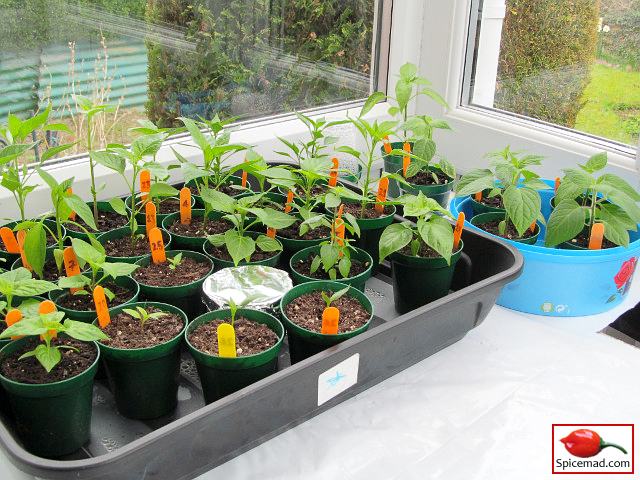 |
Chilli Plants in the Porch - 30th March 2022
|
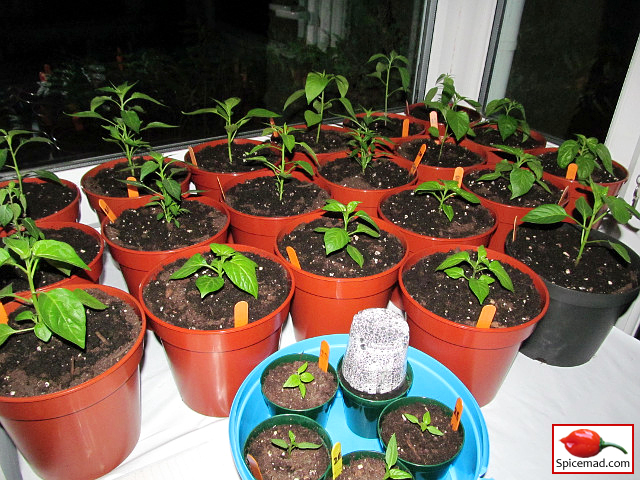 |
Chilli Plants in the Porch - 2nd April 2022
|
I'm guessing the reason why the seeds had lost their viability has to do with the fact that I used to store my seed box on a shelf in the bedroom, and the temperature swings over the last few years had just taken their toll on the poor little blighters. I'll now store my seed box in the refrigerator during the warmer months, just to be on the safe side. I tried several methods to get the seeds to germinate. Some were sown directly into the compost and some were soaked in black tea, camomile tea, sugar water, and three percent hydrogen peroxide solution prior to being sown. Just as an experiment, not only did I try this with the Red Mayan Habanero seeds, I also tried it with some of the Antillais Caribbean seeds and
Mako Akokosrade seeds.
Both the Antillais Caribbean seeds and Mako Akokosrade seeds that were sown directly into the compost had the best germination rates and were the ones that germinated the fastest. The seeds that were soaked in black tea prior to sowing had the lowest germination rates and were the ones that took the longest to germinate. As a rule, I don't normally bother soaking chilli seeds, but because I'd read so many internet rumours about soaking chilli seeds in tea prior to sowing I thought I'd give it a try and see for myself. In future, I won't bother because it's a waste of time in my experience.
Here are some photos that were taken on the 31st March sowing some of the individual varieties that you've met before, plus one group shot showing all of the newcomers to this year's tribe.
 |
Aji Largo - 31st March 2022
|
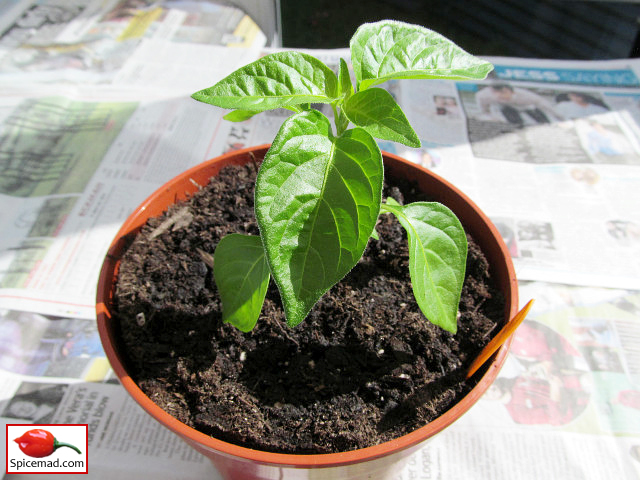 |
Aji Lemon - 31st March 2022
|
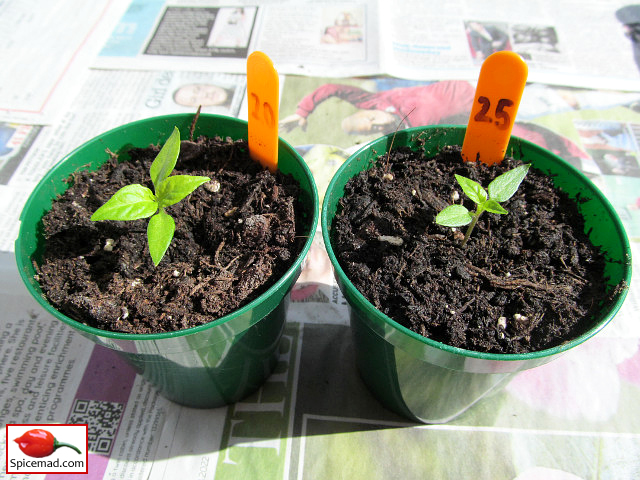 |
Antillais Caribbean (left) and Mako Akokosrade - 31st March 2022
|
 |
Chocolate Habanero - 31st March 2022
|
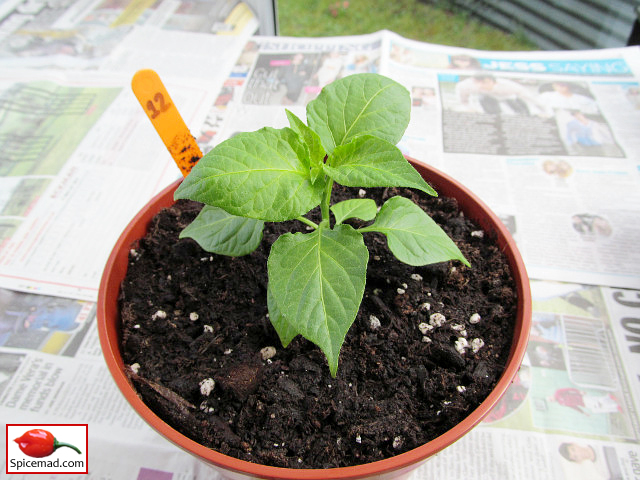 |
Dorset Naga - 31st March 2022
|
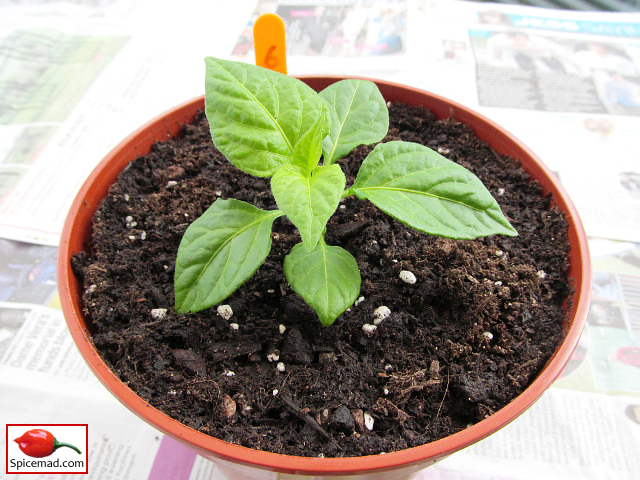 |
Fatalii - 31st March 2022
|
 |
Jalapeño M - 31st March 2022
|
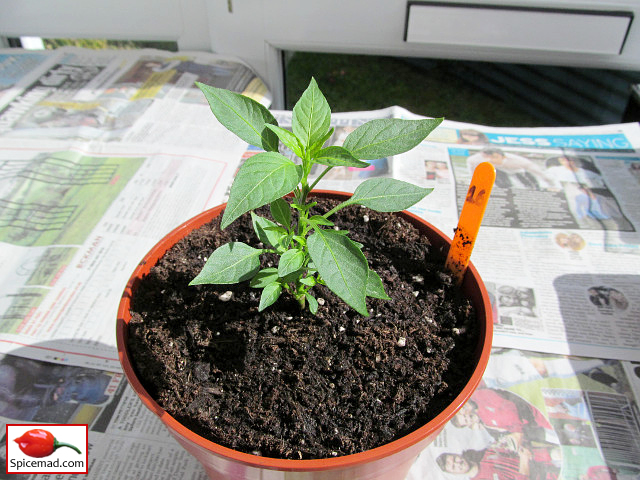 |
Malawi Bird's Eye - 31st March 2022
|
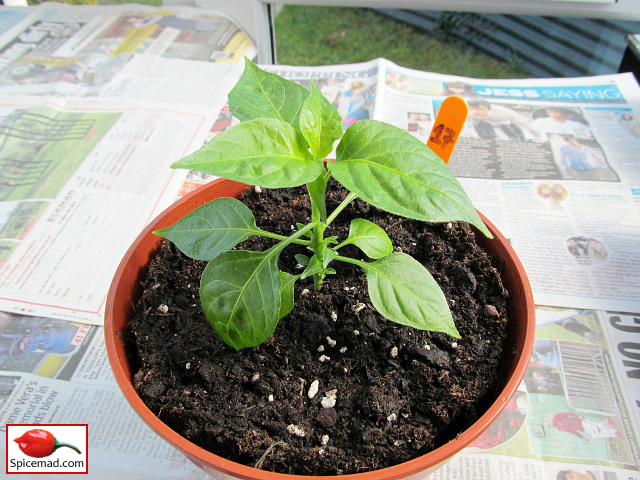 |
Orange Habanero - 31st March 2022
|
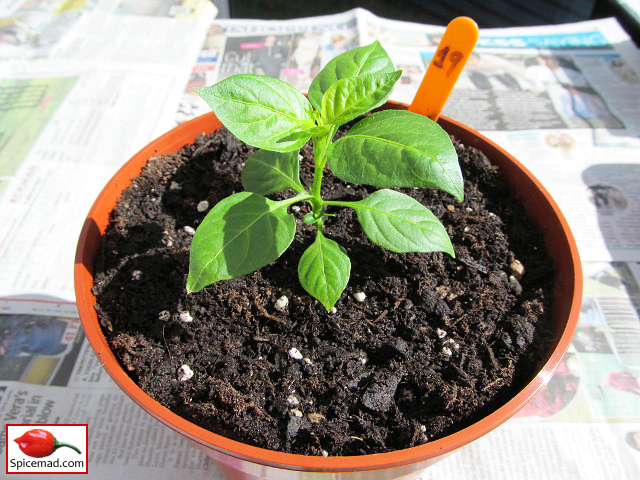 |
Peruvian White Habanero - 31st March 2022
|
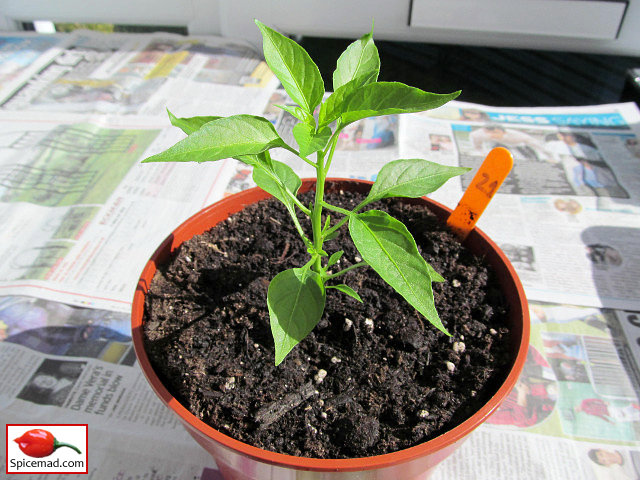 |
Ring of Fire - 31st March 2022
|
 |
New Chilli Varieties - 31st March 2022
|
Oh, just a heads-up if you're in the UK and are using peat-free compost for your chilli plants. I've tested two brands of peat-free compost so far and in both cases the pH was above 8.0. The first brand I tested was Miracle Gro Peat-Free Premium All Purpose Compost and it had a pH value of 8.1. The second brand I tested was Westland New Horizon Organic Peat-Free All Plant Compost. One bag had a pH value of 6.5, which is perfect, but another bag had a pH value of 8.5, as is shown in the photo below. I took several readings from each of the bags I tested just to make sure the pH values were consistent, and they were. I always check the pH of different composts, but when it comes to peat-free compost I check the pH of every single bag, even individual bags of the same brand.
 |
| Westland New Horizon Organic Peat-Free All Plant Compost pH - 3rd April 2022 |
Well, spring has officially sprung and the warmer weather will soon be upon us! I've now moved my Rocoto plants out of the porch and onto a bedroom windowsill. They prefer being on a windowsill at this time of year because it gets a bit too warm for them in the porch. All four of them are so far looking nice and healthy, and in about five weeks they'll be re-potted into their final pots (12-litres) and moved outside for the growing season. 😎
















Comments